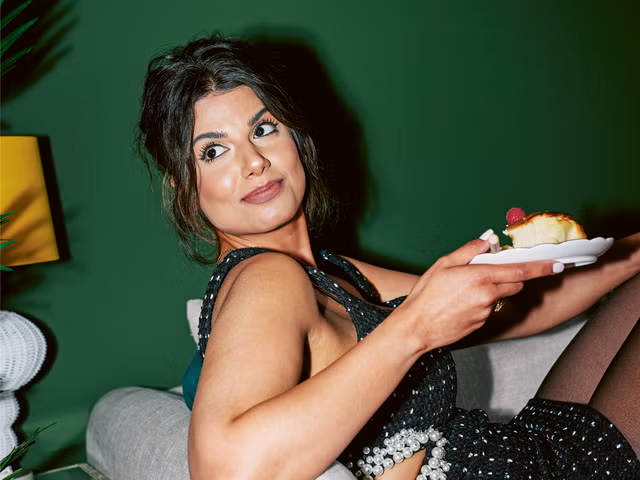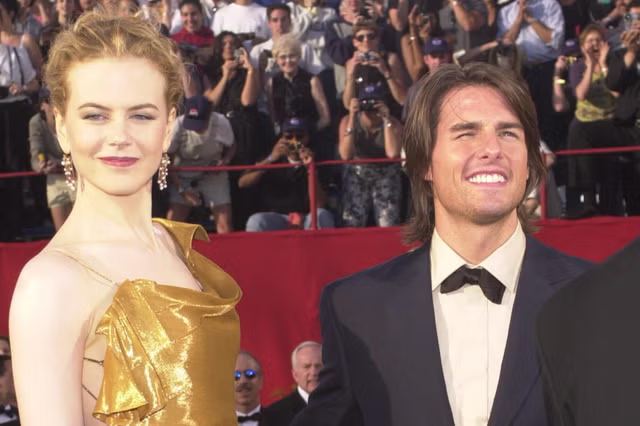Support truly
independent journalism
Support Now
Our mission is to deliver unbiased, fact-based reporting that holds power to account and exposes the truth.
Whether $5 or $50, every contribution counts.
Support us to deliver journalism without an agenda.

Louise Thomas
Editor
First, they came for our crying-laughing face. Then, our clapping hands. Now, it’s millennials’ thumbs ups that are under attack.
Yes, the – to my mind – most benign and functional of emojis has been cancelled by Generation Z.
They don’t just think it’s cringe or “cheugy” (slang for the deeply uncool, trying-too-hard lifestyle trends of the 2010s). Far worse, the thumbs up is seen as actively hostile – a passive-aggressive dig deemed “unsettling”.
I know, I know: millennials are hardly innocent in the communication wars. A decade ago we decided that putting a full stop at the end of a message made you a “monster”, to quote The Guardian. But try as I might, I struggle to see how the thumb could ever be interpreted as an act of antagonism; unless under the incredibly niche circumstances that it comes amid the sentence “I bite my _ at you, sir”, and your recipient just so happens to be a Shakespearean scholar.
On a Reddit thread all about the misunderstood icon, one user shared their experience: “I started an ‘adult’ job where we use Microsoft Teams to connect with each other for work. Currently, there are only a few emojis you can use to react to a message (unless of course, you respond, and can use any emoji).
“Most people at work use the ‘thumbs-up’ reaction all the time. I don’t use it much. I either ‘heart’ reactions or reply even if it’s a short ‘Great!’ or ‘Thanks!’ (I also feel like I use too many exclamation marks, but that’s a different story).
“Anyway, I think it’s normal to ‘thumbs up’ messages, but I still feel like it’s such an unsettling response. Does anyone else feel this way?”

The answer to this question was a resounding “yes” from those born in the late Nineties and Noughties. As well as “unsettling”, the charges levelled at that poor, hardworking hand included “passive-aggressive”, “super rude” and something that made people feel “bad”.
One response read: “For younger people (I’m 24 for reference) the thumbs-up emoji is used to be really passive-aggressive.
“It’s super rude if someone just sends you a thumbs up. So I also had a weird time adjusting because my workplace is the same.
“So yeah, it’s a generational communication culture difference.”
I was crestfallen upon reading these words. Not just because it means I’m officially so old that the very meaning of language has shifted (I finally understand why my mum was so perplexed when I came home from school saying “sad” and “wicked” instead of “uncool” and “cool” respectively). But because for “non-younger” people (I’m 37 for reference), the thumbs up is an integral and essential part of the workplace lexicon.
Light yet professional, it’s always carried a sense of no-nonsense neutrality verging on positive
It’s efficiency emojified: the pictorial equivalent of a “got that”, “can do”, “doing it now”, “good work”, “thanks for that”, “understood”, “all received” and a full stop, all wrapped up in one neat, unbeatable package. It communicates affirmation while deftly ending a conversation; it signals confirmation without the need for a protracted and pointless back and forth.
It’s also the ideal “reaction” to work messages on platforms like Slack or Teams – letting people know you’re taking care of a task or giving them the all-clear to start working on something themselves.
Light yet professional, it’s always carried a sense of no-nonsense neutrality verging on positive. A heart emoji, as suggested by the original Reddit poster, feels oddly overfamiliar for the office – as grimace-inducing as putting a kiss at the end of a work email to a colleague you’ve never met. Hearts are for the news that your new paramour is going to pick up dessert, not the news that Nigel has finished uploading last month’s invoices onto the system.
But the thumbs up isn’t all business. I’ve got such a fondness for its low-key, time-saving competence that it gets deployed on personal WhatsApp messages and social media DMs alike. This versatile, unassuming workhorse may not have the star quality nor showy “pick me!” razzle-dazzle of some of its peers – the screaming face, dancing lady and flames, to name a few – but, like a favourite, well-worn pair of jeans that always fit just right, we’d be lost without it.
I accept that it’s a generational difference – another marker in the yawning cultural divide that sets millennials and Gen Z apart. But I’ve already surrendered my side-parting, trainer socks and even tried to keep Harry Potter and Friends references to a minimum. Please, I beg of you – let us keep our beloved thumb. Or prepare to see that crying-laughing face emoji swapped for a crying face instead.
Disclaimer: The copyright of this article belongs to the original author. Reposting this article is solely for the purpose of information dissemination and does not constitute any investment advice. If there is any infringement, please contact us immediately. We will make corrections or deletions as necessary. Thank you.


